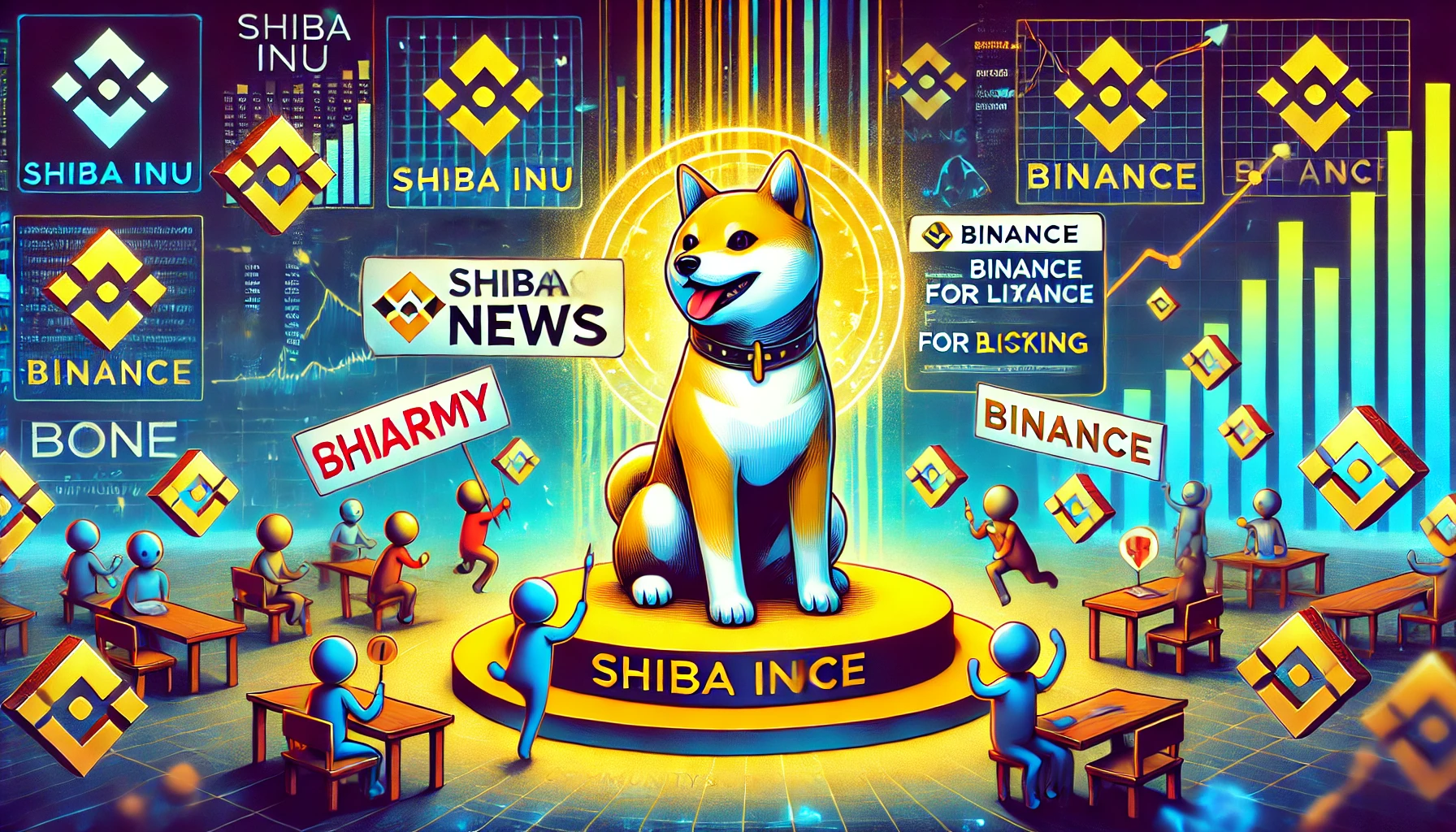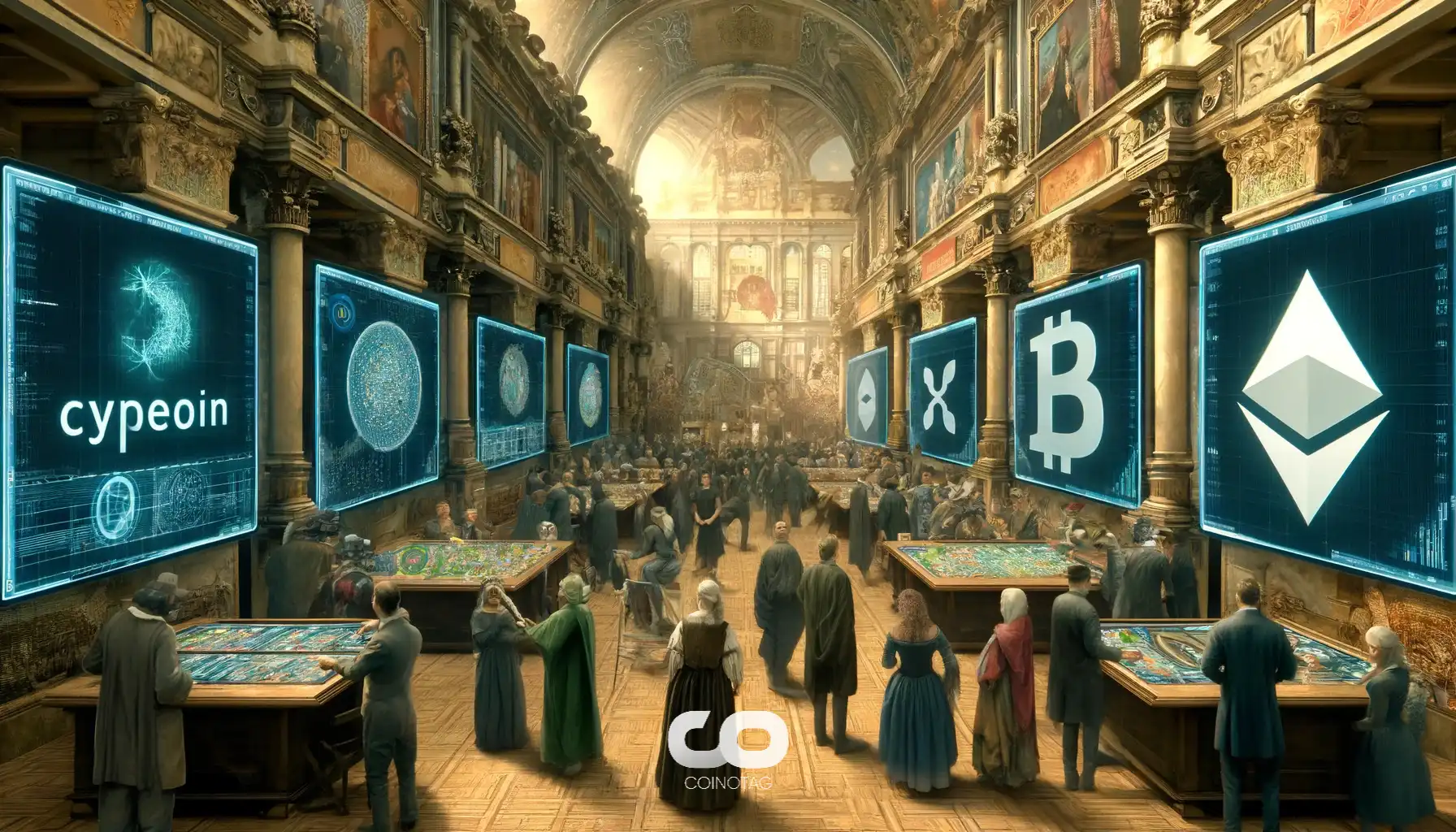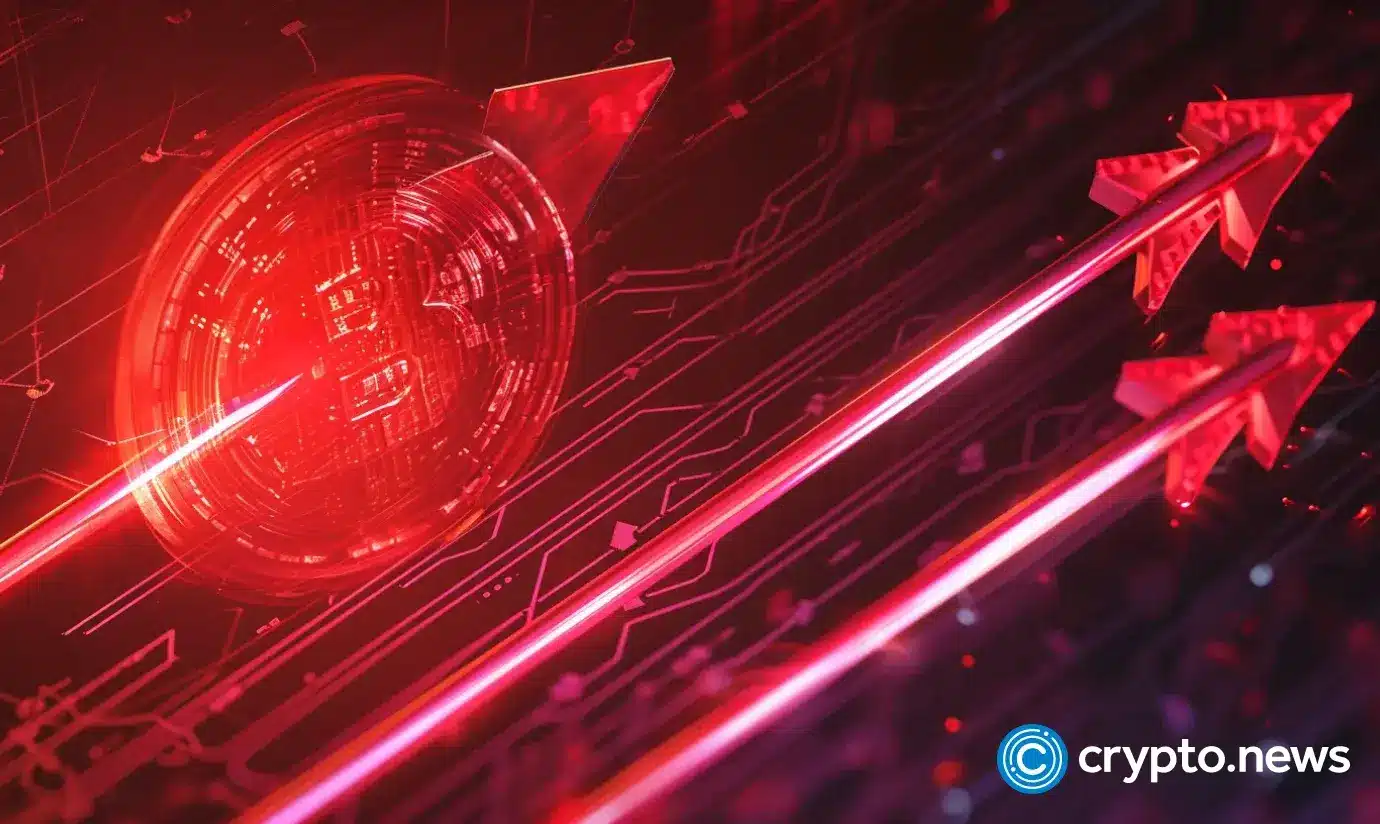
- The IOTA Rebased protocol aims to enhance scalability, programmability, and decentralization while potentially integrating Move Smart Contracts and Ethereum Virtual Machine (EVM) compatibility.
- To accelerate the implementation of the Rebased Protocol, IOTA launched the “Return of IOTA” campaign, featuring a 3 million IOTA token airdrop.
IOTA co-founder Dominik Schiener dropped hints of what to expect soon within the ecosystem while reiterating the commitment to the roadmap and long-term vision. Using X, he reiterated that fundamentals have not changed, and neither has the strategy toward adoption ever been clearer.
IOTA’s Dominik Schiener Hints At Something Major
“Fundamentals are the same. Roadmap is the same. Path to adoption is more clear than ever Let’s go back to cooking some big things with IOTA. No time for distractions,” Schiener wrote. This is in the wake of various significant infrastructure developments for IOTA, most recently coming over to the Rebased Protocol. It’s heavily tipped to be an improvement in terms of scalability, programmability, and decentralization.
The question is, with this transition, one of the innovation possibilities tied to it is that of integrating Layer 1 Move Smart contracts into the IOTA network to also possibly support Ethereum Virtual Machine (EVM) compatibility on Layer 2. To speed up the deployment of Rebased, IOTA launched an on-chain campaign called “The Return of IOTA,” as mentioned in our previous report.
This campaign has reserved more than 3 million IOTA tokens, worth approximately $867,000, for an airdrop to encourage community engagement and adoption. IOTA’s development team has been working on an extensive plan to ensure the seamless implementation of Rebased, as we discussed earlier.
Updates from the team earlier were on collaborations being held between IOTA’s Smart Contracts division and the IOTA 2.0 core team for the perfecting of MoveEVM specifications. MoveVM, originally designed by Mysten Labs for the SUI blockchain, is being re-engineered for integration into IOTA’s architecture. This strengthens its transaction throughput, which will hit 50,000 transactions per second.
In addition to its technical advancements, IOTA has lately been gaining tides into global blockchain adoption efforts. Notably, the United Arab Emirates has showcased an efficient highlight in respect to contributions towards the adoption of Web3 with IOTA being recognized as one of the key contributors toward this movement.
IOTA’s Latest Feat In UAE
Crypto investor Colibali referenced a study by Tokenicer and stated that IOTA and XRP are two of the top blockchain networks being implemented in the UAE’s digital ecosystem, as noted in our earlier post. Tokenicer’s report suggests that the UAE is successfully using IOTA’s DLT. Many institutions are supporting its use, such as:
- Abu Dhabi Global Markets (ADGM)
- Central Bank of the UAE
- Dubai Financial Services Authority (DFSA)
The UAE’s foray into blockchain has been compared more or less with its oil boom, this time investing wisely into decentralized technologies. IOTA solidified its presence in the region by setting up the IOTA Foundation in Abu Dhabi in partnership with Abu Dhabi Global Markets. Since then, IOTA has been engaging quite aggressively with UAE policymakers; recently, it presented its tokenized Real-World Assets (RWA) framework to the UAE Congress.
The latest words from Schiener suggest that IOTA is doubling down on its efforts to drive blockchain adoption. This leaves little room for distractions as the ecosystem moves forward with critical upgrades and global partnerships.
Crypto News Flash – Read More









